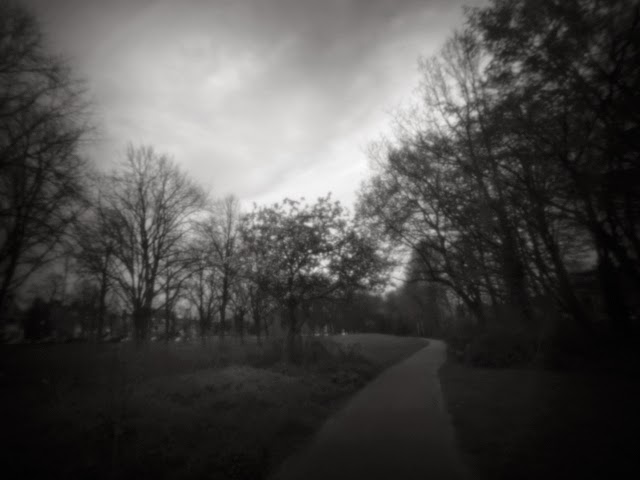Well, I like Samsung, my stone-age TV was made by them, and the 5" tablet (WiFi only), which usually accompanies me on trips, substituting a notebook computer. But, the cameras? Really?
In a local electronics store, I fiddled a bit with Samsung's P&S-cameras, however, I was not impressed, to say the least.
And now, I won their top-end CSC (compact system camera), the NX300 (top-end to the time at least, now there is the NX30, I know).
First impressions showed an all in all OK camera, but not more than that. Images of decent quality, however, there is a problem when shooting in RAW, which of course is my format. On the very left side, there is a stripe exposed about +1 Ev brighter than the rest of the image. When saving both, a RAW and a JPEG, in 80% of the cases the JPEG is cropped such, as to make the stripe disappear. Not sure what that means! Is it just my camera, or does Samsung actually know about the "feature" and hence crop it out of the JPEG?! I consider sending a mail to Samsung in order to get an opinion on what's going on here.
Well, this post is now about the flaws of the camera, it is about its strength!
Even before the camera was delivered to me, I purchased an M42-NX adapter on the interweb, since I own a fair amount of good quality M42 legacy glass.
The looks of the adapter were promising... However, sometimes, looks are deceiving. With the adapter installed, the camera told me that no lens was present. Hmmm, that was not according to the plan!
The wisdom of the interwebs suggested that using cheap mount from the far east may result in this error message. Well, I thought, let's invest 3x the money and buy an adapter made in the first world... same result! Money down the drain, mainly because I did not research the problem properly but trusted some auction-site's sellers promises.
It turns out that there is a switch in the camera, which a correctly mounted lens depresses, indicating the presence of a lens. Have a look:
 |
| NX300 lens port |
The green mark indicates the lens locking pin.
For whatever reason, the adapter are not sufficiently thick to actually depress the switch far enough. Some guy on the interwebs deformed this adapter... I choose to stick some tape on it.
 |
| Aftermarket M42-NX adapter |
Here, the green mark, just for orientation, highlights the recess for the locking pin.
With the tape added, the adapter was recognized as a lens. Perfect!
Now to the main attraction of the NX300, focus peaking! And yes, you guessed it, at first it did not seem to work. The camera was taking pics w/o any problem now, but there was no focus peaking or focus zoom by the usual suspects, e.g. shutter release half-press.
However, the wisdom of the ever mighty interwebs revealed that pushing the camera's "OK" button, starts whatever manual focus aid was selected in the config-menu.
There we go... Finally the entire camera makes sense to me!
For street photography, lenses can be manuallyt pre-focused on a 3m distance, which will provide a usable depth of focus of about 2.5m to 4.5m @ F8.
For portraits, the camera's focus peaking allows for very wide open lenses, such a the TOKINON 55mm F1.4, which is very hard to use on a dSLR.
Finally, to the beauty of it all. My NX300 came in black and silver, very classy, very stylish. Actually, some guy asked me about details of this camera, just because of its looks.
I happen to own some legacy glass in just that color scheme, e.g. ISCO - Westanar or CARL ZEISS - Tessar. Adding such lenses to the black NX300 makes for some real nice retro style gear, which is actually performing real good.
 | |
| Samsung NX300 with ISCO WESTANAR 135mm |























